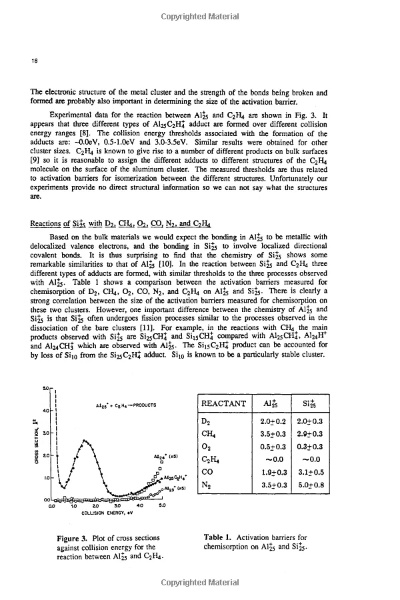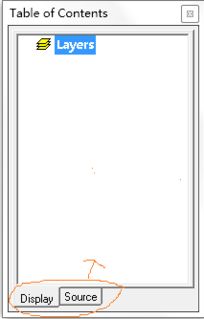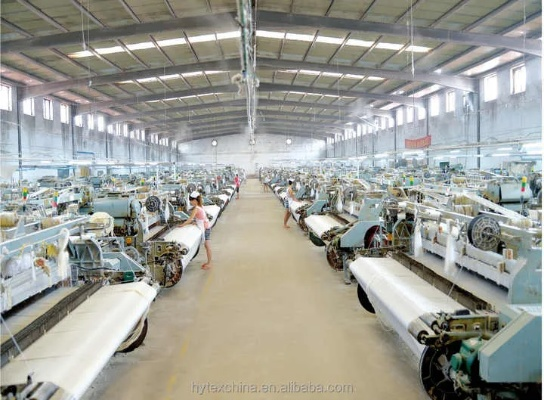The Revolutionary Approach of Machine-Sorting for Waste Textiles
The paper introduces the revolutionary approach of machine-sorting for waste textiles. It analyzes the current situation and problems in waste textile sorting, and puts forward the idea of using machine-sorting technology to solve these problems. The author also introduces the application of machine-sorting technology in the field of waste textiles, such as the development of new equipment, optimization of sorting processes, and improvement of sorting efficiency. Finally, the paper discusses the future prospects of the development of machine-sorting technology for waste textiles, including technological innovation, market expansion, and policy support.
Introduction: Textile waste, a significant environmental issue, poses a challenge to our planet's sustainability. However, with the advent of technology, we have witnessed a remarkable shift in the way textile waste is being managed. One such innovative solution is the use of machine-sorting systems for recycling and repurposing textile scraps. This article will explore how these machines are revolutionizing the textile industry and highlighting some case studies that showcase their effectiveness.
Machine-Sorting Technology: Machine-sorted textiles refer to materials that have undergone pre-processing, such as cleaning, sorting, and grading, before they are sent to the recycling process. These machines are designed to handle a wide range of textile scraps, including cotton, polyester, nylon, and more. They work by using sensors, cameras, and other advanced technologies to identify and separate different types of waste based on their physical characteristics.
The Benefits of Machine-Sorting:
- Environmental Benefit: By separating textile scraps into different categories, machine-sorting reduces the amount of mixed waste that ends up in landfills, which helps to minimize pollution and greenhouse gas emissions.
- Economical: The cost of sorting textile scraps manually is high due to the labor required, while machine-sorting can significantly reduce this cost by increasing efficiency and reducing errors.
- Quality Control: Machine-sorted textiles are often of higher quality than those sorted by hand because they undergo fewer processing steps and are free from human error.
- Accessibility: Machine-sorted textiles are easier to sell and repurpose, as they meet specific market demands and offer better value for money.
Case Studies:
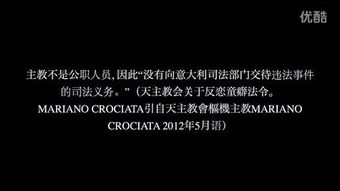
- Bangladesh: In Bangladesh, a company called "Textile Recyclers" has successfully implemented a machine-sorting system for waste textiles. The system sorts cotton, polyester, and nylon scraps into different bins and sends them to recycling plants where they are turned into new products like carpets, tablecloths, and clothing. The company estimates that it has reduced its waste management costs by 60% since implementing the machine-sorting system.
- India: Another example is the textile recycling company "Renewable Textiles" in India. The company uses machine-sorting technology to separate organic and non-organic textile scraps and recycle them into new products like bags, towels, and clothing. The company claims that its machine-sorted textiles have a higher market value and are more sustainable than their non-sorted counterparts.
Conclusion: In conclusion, the use of machine-sorting technology for waste textiles has brought about significant benefits for both the environment and the economy. It has transformed the textile industry by improving waste management efficiency, reducing pollution, and promoting sustainability. As more companies adopt this technology, we can expect to see even greater improvements in the future.
随着科技的不断发展,机器分拣废旧纺织品已经成为一种趋势,机器分拣废旧纺织品不仅提高了效率,还为环保事业做出了贡献,下面我们将通过一张图片来详细介绍机器分拣废旧纺织品的过程。
机器分拣废旧纺织品图片说明
图片展示了一个繁忙的废旧纺织品分拣场景,画面中,机器正在高效地处理各种废旧纺织品,包括但不限于旧衣物、布料、毛绒等,机器采用先进的自动化技术,通过传感器和机器视觉系统进行精确识别和分类。
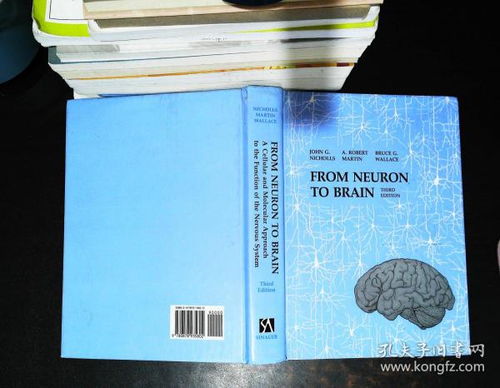
以下是英文表格用于补充说明:
机器分拣废旧纺织品流程说明
| 步骤 | 描述 |
|---|---|
| 废旧纺织品输入 | 废旧纺织品通过传送带进入分拣系统 |
| 传感器检测 | 使用传感器检测废旧纺织品的种类、大小、颜色等信息 |
| 自动化识别 | 通过机器视觉系统识别废旧纺织品的类型和特征 |
| 分拣分类 | 根据识别结果,将废旧纺织品进行分类处理 |
| 包装处理 | 将分类后的废旧纺织品进行打包、标识等处理 |
案例说明
为了更好地理解机器分拣废旧纺织品的过程,我们可以结合一个具体的英文案例来说明。
某城市废旧纺织品回收项目
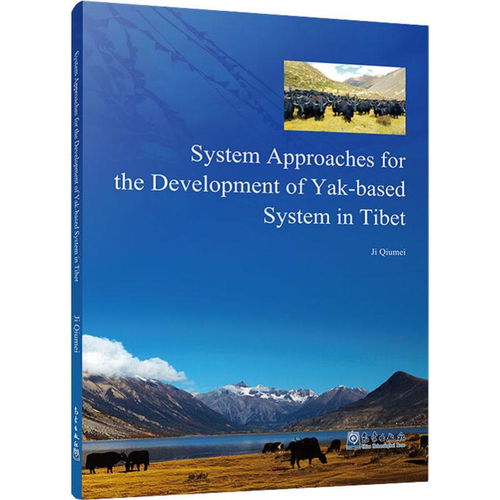
该城市近年来开展了一项废旧纺织品回收项目,采用先进的机器分拣技术,该项目通过建立完善的回收体系,鼓励市民将废旧纺织品送至指定回收点,在回收过程中,机器分拣系统发挥了重要作用。
- 废旧纺织品收集:市民将废旧纺织品送至回收站,经过初步分类后进入分拣系统。
- 传感器检测:使用传感器对废旧纺织品进行检测,识别其种类、大小、颜色等信息。
- 自动化识别:通过机器视觉系统对废旧纺织品进行精确识别和分类,将不同类型的废旧纺织品分别存储和处理。
- 处理效果:经过机器分拣后的废旧纺织品得到了有效的处理和利用,减少了环境污染,实现了资源的有效回收。
通过上述介绍,我们可以看到机器分拣废旧纺织品已经成为一种趋势,它不仅提高了效率,还为环保事业做出了贡献,在实际应用中,机器分拣废旧纺织品的过程需要严格遵守相关法律法规,确保废旧纺织品的合法处理和利用,我们也需要不断探索和创新,提高机器分拣废旧纺织品的效率和环保性能,为可持续发展做出更大的贡献。
Articles related to the knowledge points of this article:
Can Textiles Qualify for Certificate of Conformity CCC)
